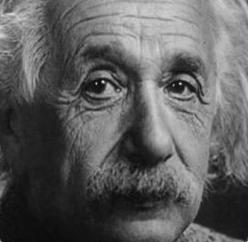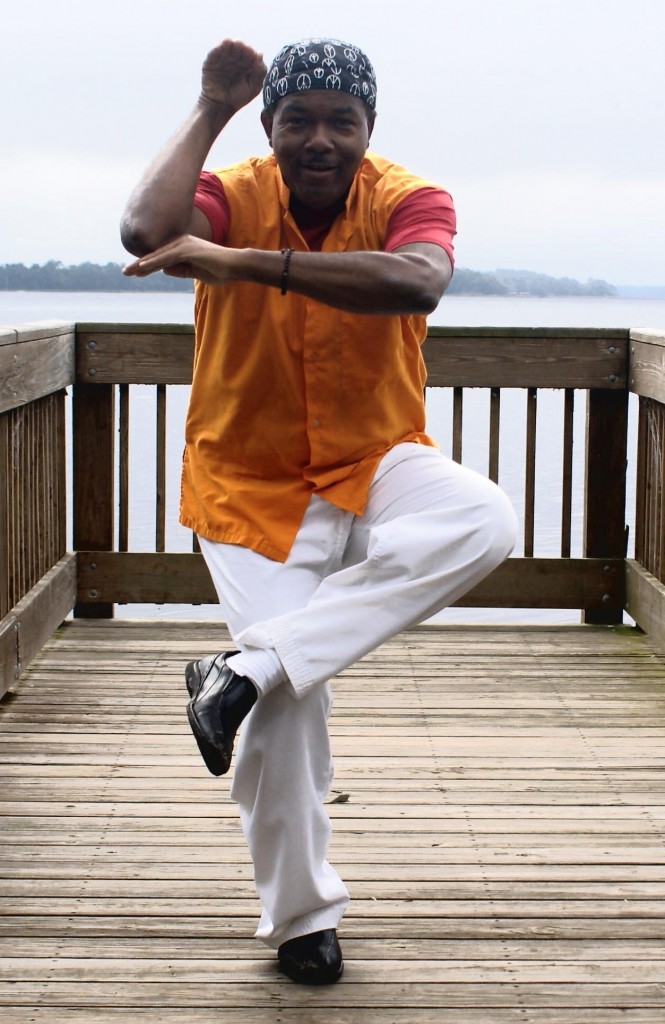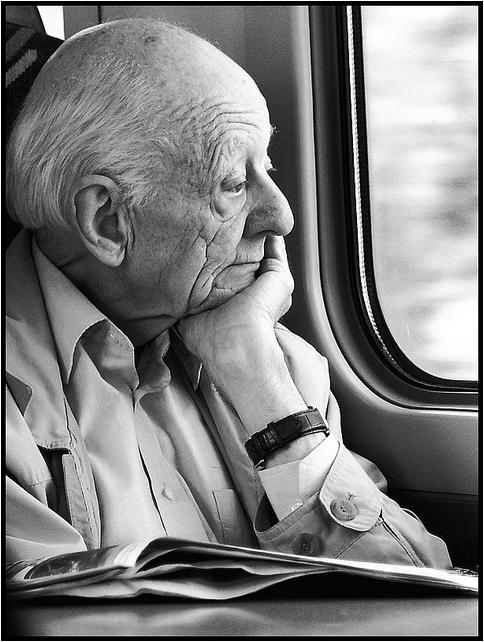 Albert Einstein said, “No problem can be solved from the same level of consciousness that created it.”
Albert Einstein said, “No problem can be solved from the same level of consciousness that created it.”
He was a smart guy.
How often do we “worry” our problems, rubbing them over and over with our mind like they were mental hangnails? Rubbing them until our emotions are raw? We keep looking at the problem from the level of consciousness that created it. And getting nowhere. Same thoughts, same feelings, same results.
So how do you change the level of your consciousness?
1. You change the way you feel, or
2. You change the way you think, or
3. You bypass your mind.
Each of these consciousness-changing strategies has its place. And it’s a great thing to know how to use all three approaches – you might not want to bypass your mind while you are driving, for instance.
- Tips for changing how you feel
Abraham-Hicks talks about feelings as an emotional scale. I like the image because it makes me think of a musical scale – each note is perfect. On the emotional scale, each feeling is a point of attraction, with access to certain kinds of experiences.
Have you ever noticed how when you feel anxious you can only access anxious thoughts? And the more you struggle against the feeling, the more trapped you are in it? You can’t shift the feeling by condemning it. You can only access the thoughts and images that match your feelings.
Once you feel differently, you can barely remember what was so compelling about your fears. It’s like you’re standing in a different room. And really, you are – because each emotion is its own level of consciousness.
Here’s just a few of the infinite variety of healthy ways to change how you feel:
Switch tasks – do something different, give your mind a new job for a little while.
Practice mindfulness – being present in the moment instead of being in the past or the future.
Distraction – watch a movie, do a handicraft, do art, read a good book, clean the closet.
Play – go geocaching, play Scrabble, wear a funny hat. (Years ago, Charles and I successfully defused several arguments by trading shoes). And if you don’t know how to play, we’d suggest you check out www.zefrank.com and try some of his free interactive toys online – the guy’s a genius.
Listen to music – and we recommend you sing, especially if you are tone-deaf.
(Eating, drinking, drugging, shopping and off track betting are noticeably absent from this list of healthy ways to change how you feel. They may give you a temporary lift, but they won’t help you solve any problems. They just make more problems.)
- Tips for changing how you think
Your thoughts and your emotions are all tied up together. You can change the way you feel by changing the way you think. It gets a little tricky though – because you can’t fake it. You can’t pretend to change your level of consciousness just like you can’t pretend to fly. You’re either flying or you’re just flapping your wings. So you have to be willing to be honest with yourself. Be honest and ready to change.
Find a thought that feels good. This sounds easy, but it takes a little bit of work at first. It’s a mental staircase, not a wish. You start where you are and you think around on the subject that is bothering you. You think around with the clear intention of locating one single thought that makes you feel just a bit lighter. Just one single thought – that’s all you are looking for. You know it when you’ve found it because your muscles relax a little, your forehead gets smooth, you take a momentary sigh and breathe a little deeper. Once you find that thought, nurture it. Start to think about the thought that made you feel a little better. Once that thought feels strong, start looking for the next thought that feels a little better, and the thought after that. Pretty soon, you find yourself looking at the problem from an entirely different perspective.
Honor the messenger. Your feelings are reliable, even relentless, messengers. They tell you how your thinking feels. It’s your thinking, not your circumstances, that activate your feelings. If you treat your emotions as the honorable messengers that they are, they can guide you to a new level of thinking. They give you direct feedback about where your thinking is taking you. Use that feedback to guide you to thoughts that feel better.
Brainstorm – Talk about solutions and consider every possibility, even wild and crazy ideas. Some of our best ideas are wild and crazy. Brainstorming is about breaking free of mental constriction. Tearing down the walls and letting your mind loose.
Prayer – This is prayer, not begging, pleading, bargaining or defending. Exercise faith. Pray as if your prayers have already been answered.
Appreciation – Find something beautiful.
- Ways to bypass your mind.
We love practices that change our level of consciousness by bypassing our minds. It’s so direct. So elegant. So fun! And sometimes – when we’re really stuck – it seems to be the easiest route.
Sleep – Everybody changes their level of consciousness every day. They go to sleep. Sleep lifts your resistance off your problems temporarily. Even if the moment is brief, when you first wake up, there’s an instant – before you engage your mind in your problems again – when you feel relaxed. Sleep can also bring inspiration, even if it comes in symbols that you have to decode.
Exercise – Take a walk. Run. Bicycle. Do yoga. Take a mental vacation – Sweat and forget.
Breathwork – Conscious connected breathing. Pranayama. Let the breath clear and uplift your mind.
Meditation – It’s been said that meditation is using the mind to get beyond the mind. Eckhart Tolle teaches that meditation is experiencing the gap between thoughts. That gap is pure awareness.
Kai Chi Do – We saved the best for last. Kai Chi Do uses the body to raise consciousness bypassing the mind. It combines music, movement, breathwork, meditation, exercise, prayer, appreciation, play, mindfulness. Wow! Some combo, huh? I love how – when I’m doing Kai Chi Do – my mind drops into my body and I feel calm and clear.
What would Einstein say about that?
Photo of Albert Einstein posted by BlatantNews on Flickr Creative Commons Attribution 2.0




